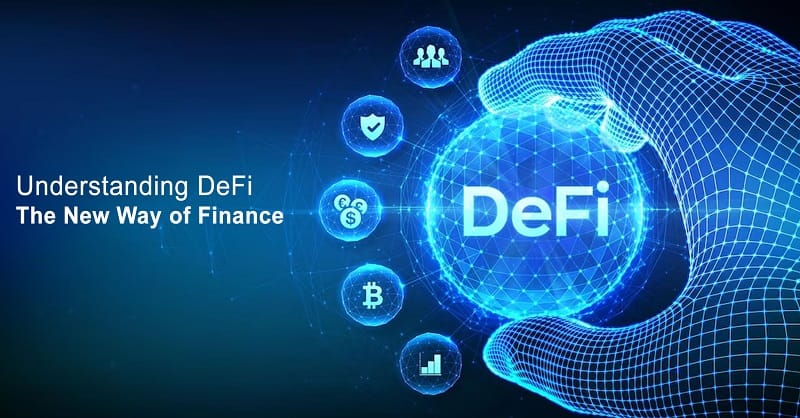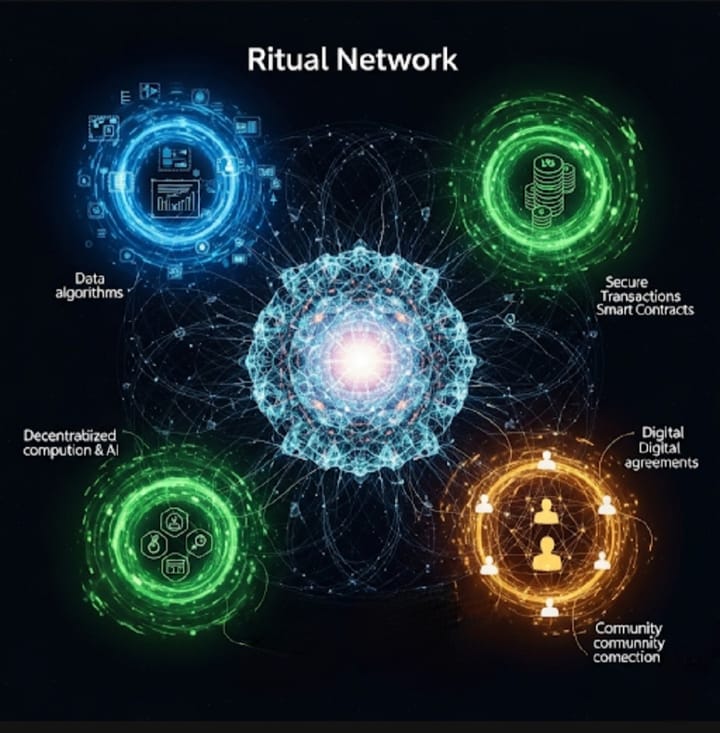DeFi vs CeFi: What’s the Real Difference?

The crypto ecosystem has long been split into two financial ideologies: CeFi (Centralized Finance) and DeFi (Decentralized Finance). While they often serve similar user goals such as trading, lending, borrowing, and earning yield their inner workings couldn’t be more different.
In 2022–2023, a brutal bear market exposed the fragility of many centralized crypto platforms. Names like Celsius, BlockFi, Voyager, and even FTX collapsed, taking billions of user funds with them. In contrast, major DeFi protocols like Aave, Uniswap, and MakerDAO continued to function, despite extreme volatility.
So what exactly separates CeFi from DeFi and why does it matter?
What is CeFi?
Centralized Finance (CeFi) refers to financial services built on crypto, but operated by centralized companies. These platforms custody your assets, manage liquidity, and promise returns.
Examples:
- Celsius (crypto lending)
- BlockFi (crypto loans and yield)
- Binance and Coinbase Earn (custodial staking and trading)
How it works: You deposit your crypto, and the company does the rest,whether lending your funds out, staking them, or converting them. You trust the company and its internal risk management.
What is DeFi?
Decentralized Finance (DeFi) is a system of smart contracts on blockchains that automate financial activities without human control or custody.
Examples:
- Aave (decentralized lending)
- Uniswap (decentralized trading via AMMs)
- MakerDAO (decentralized stablecoin generation with DAI)
How it works: You interact directly with code. Your funds never leave your wallet unless you sign a transaction. The logic is transparent, auditable, and immutable once deployed.
⚖️ DeFi vs CeFi: Head-to-Head Comparison
| Feature | CeFi | DeFi |
|---|---|---|
| Custody | Platform-controlled | User-controlled |
| Transparency | Opaque (no public balance sheets) | Fully transparent (on-chain) |
| Access | Often KYC-restricted | Permissionless |
| Control | Team- or investor-driven | Code and community governed |
| Failure Risk | Prone to mismanagement (e.g., Celsius) | Smart contract risk, not human error |
| Speed of Innovation | Fast, but centralized | Rapid, open-source composability |
The Celsius & BlockFi Collapse: A CeFi Cautionary Tale
In mid-2022, Celsius Network froze withdrawals and filed for bankruptcy. The reason? It had over-leveraged user funds in risky DeFi positions, suffered losses, and covered it up until it couldn’t anymore.
BlockFi, once seen as a safer alternative, was exposed after the FTX crash. It had lent significant capital to Alameda Research, FTX’s trading arm. When FTX imploded, BlockFi followed.
In both cases, users had no visibility into what these platforms were doing with their funds. They simply trusted them until the trust vanished.
Contrast this with DeFi protocols, where you can track everything:
- TVL (Total Value Locked)
- Smart contract addresses
- Vault performance
- On-chain governance decisions
While DeFi isn’t risk-free (think of smart contract bugs, oracle manipulation, or rug pulls in unaudited projects), there’s no hidden balance sheet to blow up.
Why This Difference Matters
Self-custody and transparency are more than buzzwords they’re protective mechanisms. DeFi is redefining finance by removing the need for trust and replacing it with code and math.
The choice between CeFi and DeFi boils down to this:
Would you rather trust a person, or verify a protocol?
As the next wave of adoption comes, expect users to demand the freedom, composability, and visibility that only DeFi can offer.
The Future: Is DeFi Ready for the Mainstream?
While DeFi still has UX hurdles, regulatory gray zones, and scalability bottlenecks, its resilience during bear markets speaks volumes.
CeFi may still have a role especially for onboarding but the real innovation lies in the open, permissionless world of DeFi.
The collapse of major CeFi platforms wasn’t just a wake-up call. It was a proof of concept for why DeFi is not just an alternative, but a necessity in the evolution of finance.
Final Thoughts
As you explore crypto, don’t just look at yield or user interface look at control. Your assets, your keys, your rules. That’s the spirit of DeFi.



Comments ()